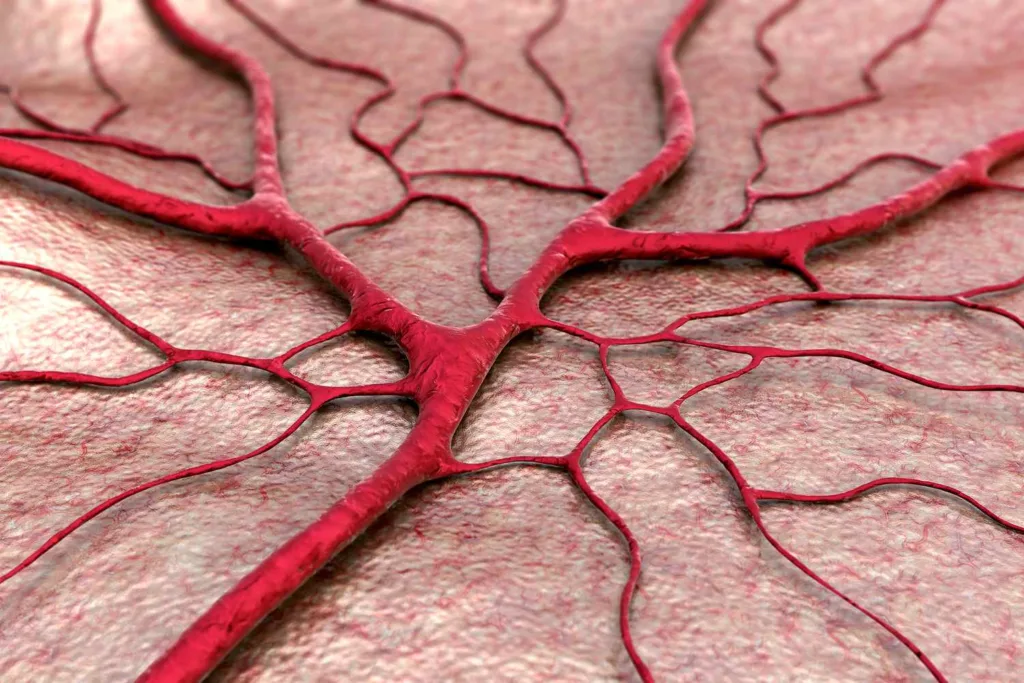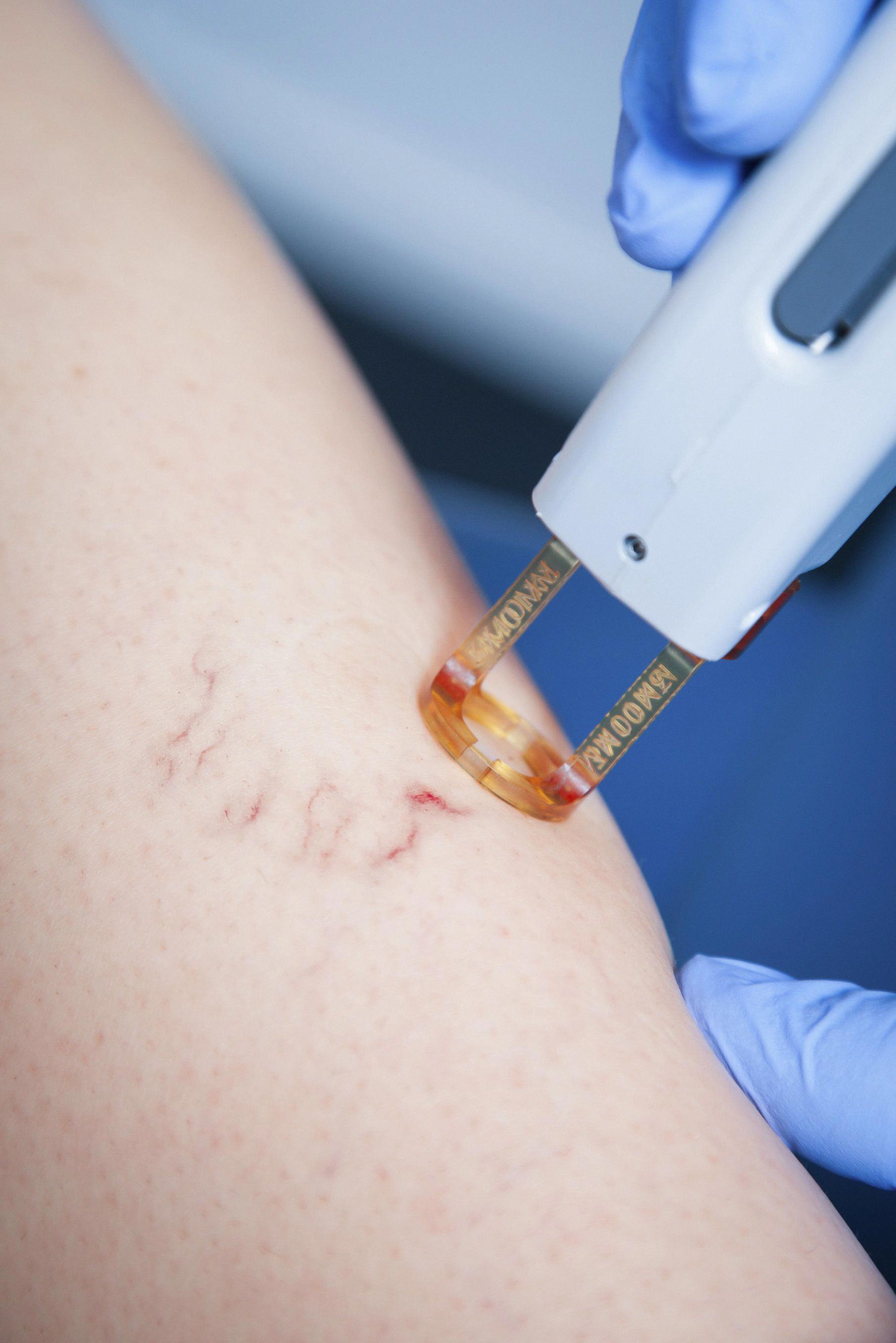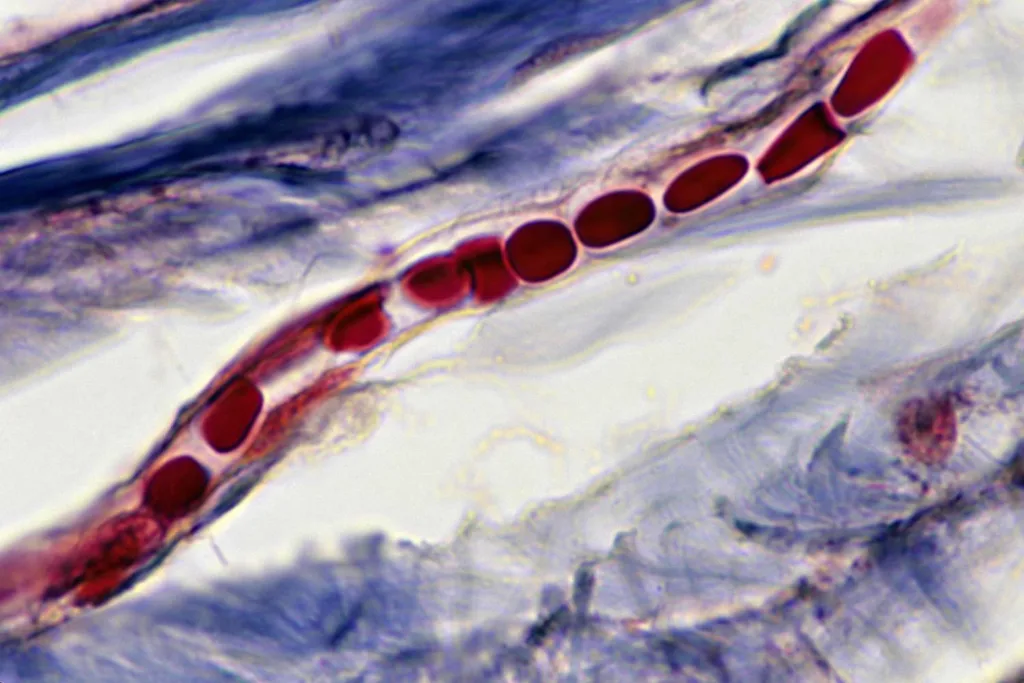Capillaries are the smallest blood vessels in the human body, with a diameter ranging from 5 to 10 micrometers. They play a crucial role in the exchange of nutrients, gases, and waste products between the bloodstream and the body’s tissues. However, one question that arises frequently is whether capillaries have valves.
The short answer is no, capillaries do not have valves. Unlike veins and arteries, which have muscular walls and valves to regulate blood flow, capillaries are simple tubes consisting of a single layer of endothelial cells. These cells are thin and flat, allowing for easy diffusion of substances between the blood and tissues.
The absence of valves in capillaries is due to their structure and function. Capillaries are designed to allow for the exchange of substances between the blood and tissues, so any obstruction or regulation of flow would hinder this process. In fact, the lack of valves in capillaries allows for a continuous flow of blood though these vessels, ensuring a steady supply of nutrients and oxygen to the tissues.
However, it is important to note that although capillaries do not have valves, they are still influenced by blood pressure and other factors that affect blood flow. For example, blood pressure can affect the rate of blood flow through capillaries, and changes in the diameter of capillaries can also affect blood flow.
In contrast, veins have valves to prevent the backflow of blood and ensure that blood flows in one direction towards the heart. This is because veins are responsible for returning blood to the heart, and the valves prevent blood from flowing backward due to gravity or other factors.
Capillaries do not have valves. The absence of valves in capillaries allows for a continuous and unobstructed flow of blood, which is essential for the exchange of nutrients and waste products between the blood and tissues. While veins have valves to regulate blood flow and prevent backflow, capillaries rely on other mechanisms to maintain proper blood flow and function.
Why Capillaries Do Not Have Valves
Capillaries are the smallest blood vessels in the body, with a diameter that is only slightly larger than that of a red blood cell. These tiny vessels are responsible for exchanging nutrients, oxygen, and waste products between the blood and the tissues. Unlike larger blood vessels such as veins and arteries, capillaries do not have valves.
The reason for this is that capillaries are designed to allow for efficient exchange of molecules, rather than for the transport of large volumes of blood. They are composed of a single layer of endothelial cells, which are thin and flat cells that line the interior of blood vessels. This thin layer of cells allows for the rapid diffusion of molecules across the vessel wall.
Valves are structures that are found in larger blood vessels, such as veins, that help to prevent backflow of blood. Since capillaries are designed for efficient diffusion of molecules, rather than for the transport of large volumes of blood, there is no need for valves. In fact, the presence of valves in capillaries would likely hinder the movement of molecules across the vessel wall.
In summary, capillaries do not have valves because they are designed for efficient exchange of molecules, rather than for the transport of large volumes of blood. Their thin, single-layered structure allows for rapid diffusion of molecules, which would be hindered by the presence of valves.

Are Capillaries Absent of Valves?
Capillaries are the smallest blood vessels that are responsible for the exchange of oxygen, nutrients, and waste products between the blood and tissues. While capillaries do have a thin, permeable wall that allows for this exchange, they do not have valves. Valves are structures that are present in larger blood vessels, such as arteries and veins, and are responsible for regulating the flow of blood in a single direction. However, in the lymphatic system, which is responsible for draining excess fluid and waste products from tissues, valves are also absent in the lymphatic capillaries. Instead, lymph flows through lymph vessels due to the contraction of the surrounding muscles.
Do Arteries, Veins, and Capillaries Have Valves?
Arteries, veins, and capillaries are three types of blood vessels in the human body. While arteries and capillaries do not have valves, veins contain valves that help regulate blood flow. These small, flaps of tissue within the veins prevent blood from flowing backward, ensuring that it moves in only one direction, back towards the heart. The presence of valves is especially important in the veins, as blood flow in tese vessels occurs against gravity. The strength of the heart’s pumping action helps move blood through the veins, but the valves play a crucial role in preventing blood from pooling in the lower extremities. In summary, arteries and capillaries do not have valves, but veins contain valves that help regulate blood flow and prevent blood from flowing backward.
Valves in Veins
The veins that are commonly reported to be devoid of valves are the ophthalmic and facial veins. Valves are typically present in veins to prevent the backflow of blood and to ensure that it flows in the correct direction towards the heart. However, the ophthalmic and facial veins lack thee valves, which can make them more susceptible to the spread of infection. Specifically, infections that originate in the mid-face can potentially spread to the cavernous sinus, which is located near the brain. This is because the lack of valves in these veins allows for easier access and movement of bacteria or other infectious agents.
Absence of Valves
Valves are not found in capillaries and arteries. Capillaries are the smallest blood vessels in our body and they are responsible for the exchange of nutrients and gases between the blood and the body tissues. Arteries, on the other hand, are the blood vessels that carry oxygenated blood from the heart to various parts of the body. Unlike veins, capillaries and arteries do not require valves as they have a different mechanism to regulate blood flow. In arteries, the flow of blood is regulated by the contraction and relaxation of the smooth muscles in their walls, while in capillaries, blood flow is regulated by the dilation and constriction of the arterioles that supply them. Thus, valves are only present in veins as they prevent the backflow of blood and ensure unidirectional flow towards the heart.

Source: cohendoc.com
Valveless Structures
Arteries do not have valves. Unlike veins, arteries are thick-walled blood vessels that are designed to carry oxygenated blood away from the heart and towards the rest of the body. The force of the blood being pumped out of the heart is strong enough to propel the blood forward, and there is no need for valves to prevent backflow. In fact, the absence of valves in arteries allows for the smooth and efficient flow of blood throughout the body. The one-way flow of blood in arteries is maintained by the rhythmic contractions of the heart and the elastic recoil of the arterial walls. Therefore, arteries rely on their structural design and the pumping action of the heart to prevent the backward flow of blood, rther than the presence of valves.
Are Valves Present in Arteries as Well as Veins?
Valves are primarily found in veins, and not in arteries. The reason for this is that veins carry blood back to the heart, against the force of gravity. Valves in the veins prevent the backflow of blood, ensuring that blood flows only in one direction towards the heart. This is essential to maintain proper circulation and prevent blood from pooling in the lower extremities, which can cause swelling and discomfort. While there are some exceptions to the rule, such as the heart’s valves, in general, valves are only found in veins.
Differences Between Arteries, Veins, and Capillaries
Arteries, veins, and capillaries are the three main types of blood vessels in the human body. Arteries are responsible for carrying oxygenated blood from the heart to the tissues, while veins transport deoxygenated blood from the organs back to the heart. Capillaries are the smallest and most numerous blood vessels in the body, and they serve as a link between arteries and veins.
The key difference between arteries and veins lies in their function and structure. Arteries have thick, muscular walls that allow them to withstand the high pressure of the blood pumped by the heart. In contrast, veins have thinner walls and contain valves that help prevent the backward flow of blood. The blood in arteries is typically oxygen-rich and bright red, while the blood in veins is oxygen-poor and darker in color.
Capillaries, on the other hand, are much smaller in diameter than arteries and veins, and they have thin walls that allow for the exchange of oxygen, nutrients, and waste products between the blood and the surrounding tissues. Capillaries are so small that red blood cells must pass through them in single file, whih maximizes the exchange of gases and nutrients.
Overall, the differences between arteries, veins, and capillaries are important to understand as they each play a critical role in the circulation of blood throughout the body.
The Function of Capillary Valves
Capillary valves are a type of valve used in microfluidics that operate by surface tension to block or restrict flow in a channel. They are passive, meaning they do not require any external power source or mechanical components to function. Instead, they rely on the inherent properties of the fluid and the channel to control the flow. Capillary valves are typically composed of hydrophobic materials that repel liquid, creating a barrier that prevents the flow of fluid. When the fluid reaches the valve, the surface tension of the liquid cases it to form a meniscus at the valve, which blocks or restricts the flow. Capillary valves are commonly used in paper-based microfluidic devices, which are low-cost and portable alternatives to traditional lab-on-a-chip systems. These valves are easy to fabricate, have a low dead volume, and can be integrated into a variety of microfluidic applications, making them an important tool for researchers and engineers working in the field of microfluidics.

Conclusion
In conclusion, capillaries, being the smallest blood vessels in the body, lack valves. The structure of capillaries is made up of a single layer of endothelial cells, which does not allow the presence of valves. Unlike lymphatic vessels, which depend on the contraction of surrounding muscles to move lymph fluid, capillaries are responsible for the exchange of oxygen, nutrients, and waste between blood and tissues. However, valves are present in arteries and veins, which regulate and direct the flow of blood in one direction. In veins, valves aid in the return of blood to the heart aginst the force of gravity. Therefore, it can be stated that, while capillaries do not contain valves, arteries and veins do, serving important functions in the circulation system of the body.
